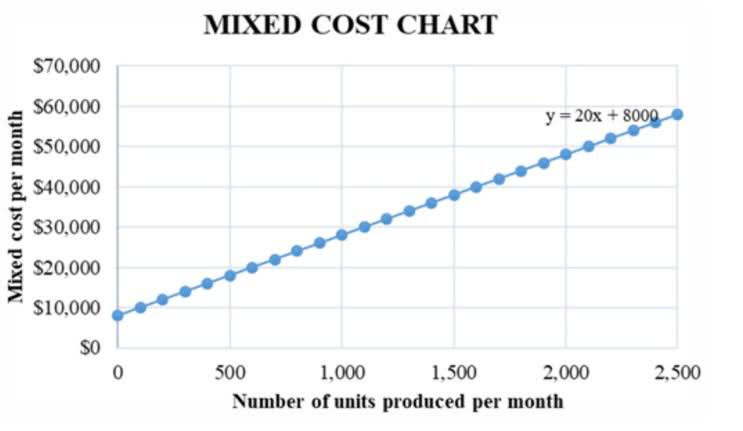
Moving data, applications and platforms to the cloud may create substantial business benefits because companies may be able to reduce capital expense outlays while maintaining a more flexible IT environment. However, companies should consider the financial reporting implications as well as https://www.bookstime.com/ broader tax and IT considerations as a result of the new accounting guidance. Billings are the payments you invoice customers after successful service and product delivery. Billing can happen weekly, monthly, quarterly, or annually, depending on the subscription model your business uses.
For example, if a customer can terminate at any point and receive a pro rata refund, the arrangement should be accounted for as a daily contract. In cases where bundled services are offered, revenue may need to be allocated among the components. Seeking guidance from a qualified financial advisor is recommended to ensure adherence to the appropriate practices in revenue recognition. In the context of SaaS accounting software, revenue refers to the income of a SaaS company earned through the provision of its software services. Gross margin represents the percentage of revenue left after deducting the direct costs of delivering the SaaS service.
Cash-basis accounting
To the extent that companies are implementing a CCA as part of other accounting change initiatives, they should also ensure they have the right processes and governance to address the new CCA standard. This guideline determines what is to be considered saas accounting standards when setting a transaction price. The price will need to factor in standalone fees, subscription services, and discounts. Tracking ARR and MRR helps you determine your business’ revenue growth momentum and when and how to invest based on your revenue.
You’ll need to figure out step three first before allocating the transaction price. Depending on your subscription model, the transaction price can be broken down into smaller chunks. Churn rate tracks the percentage of clients who stop using your product in a given time. It’s essential to keep tabs on your churn rate as it helps you understand customer retention and satisfaction rate and whether your marketing and customer service efforts are paying off.
Overcome SaaS Accounting Challenges With Accounting Software
In the United States, sales tax is typically collected on tangible goods, but the treatment of sales tax on SaaS products can vary by state. SaaS companies may face tax compliance challenges due to different jurisdictions’ varying tax laws and regulations. Staying current with tax law changes and ensuring compliance with all applicable taxes can be challenging.

These statements are the balance sheet, income statement, statement of cash flow, and statement of shareholders’ equity. Additionally, a cloud computing contract may require application of multiple accounting standards—many of which have also recently changed. In these situations, companies need to consider whether costs, which would otherwise have been within the scope of the updated cloud computing standard, are accounted for using a different standard. In cash-basis accounting, you debit accrued revenue as a current asset on the balance sheet.
SaaS accounting metrics & KPIs
SaaS accounting encompasses various aspects, including revenue recognition, subscription billing, cost management, and financial reporting. If the implementation services are distinct from the SaaS, the related costs should be expensed as the services are provided unless they give rise to a separate intangible asset under IAS 38. In that case, the related implementation costs should be recognized as expense over the SaaS period – i.e. as part of the cost of that service. If the customer pays for the implementation services in advance (e.g. through an upfront fee), it should recognize a prepaid asset.
Like revenue, expenses are recorded when a contract is established and not when incurred. The Financial Accounting Standards Board’s (FASB’s) ASC 606 revenue recognition standard was effective for annual reporting periods beginning after December 15, 2017, for public entities. For all other entities, it was effective for annual reporting periods beginning after December 15, 2018 (or after December 15, 2019 if financial statements had not been issued as of June 3, 2020).
